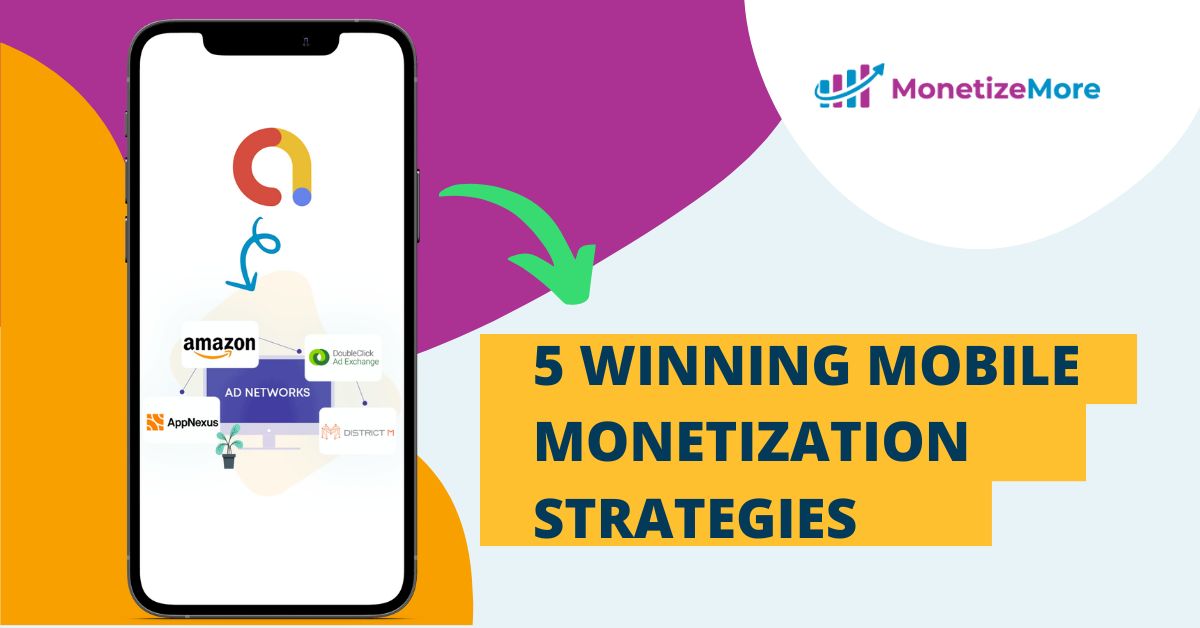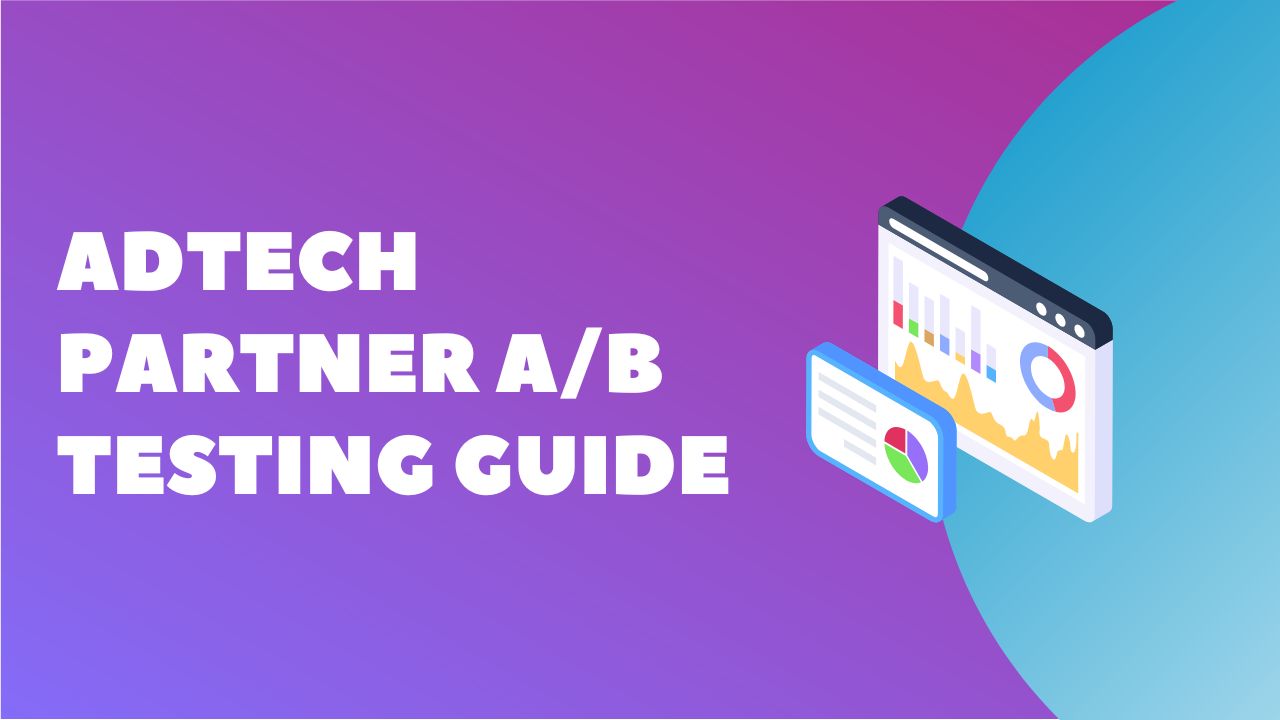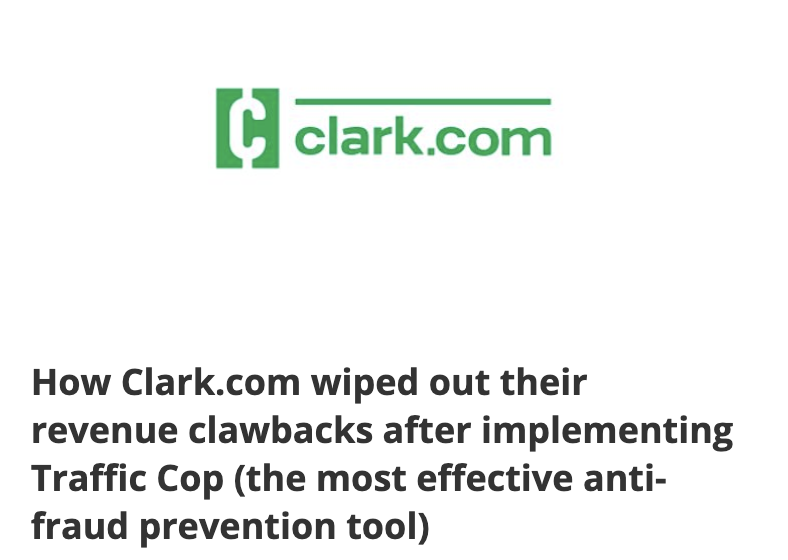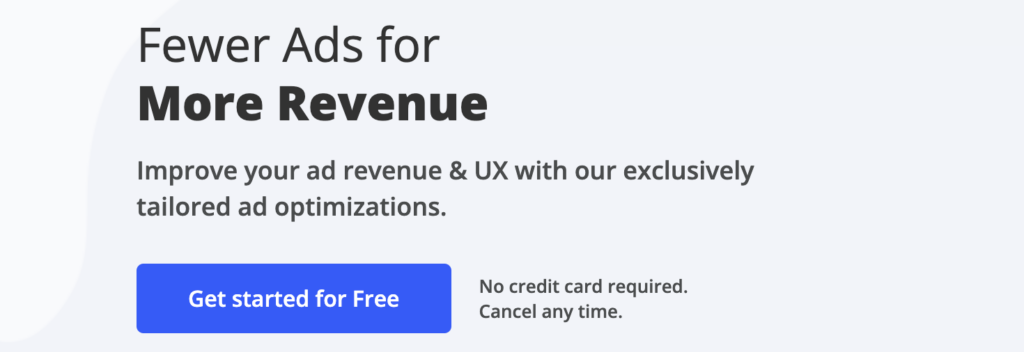AdSense (Best guide for 2023)
HOW TO START MAKING MONEY ONLINE WITH GOOGLE ADSENSE (BEST GUIDE FOR 2023)
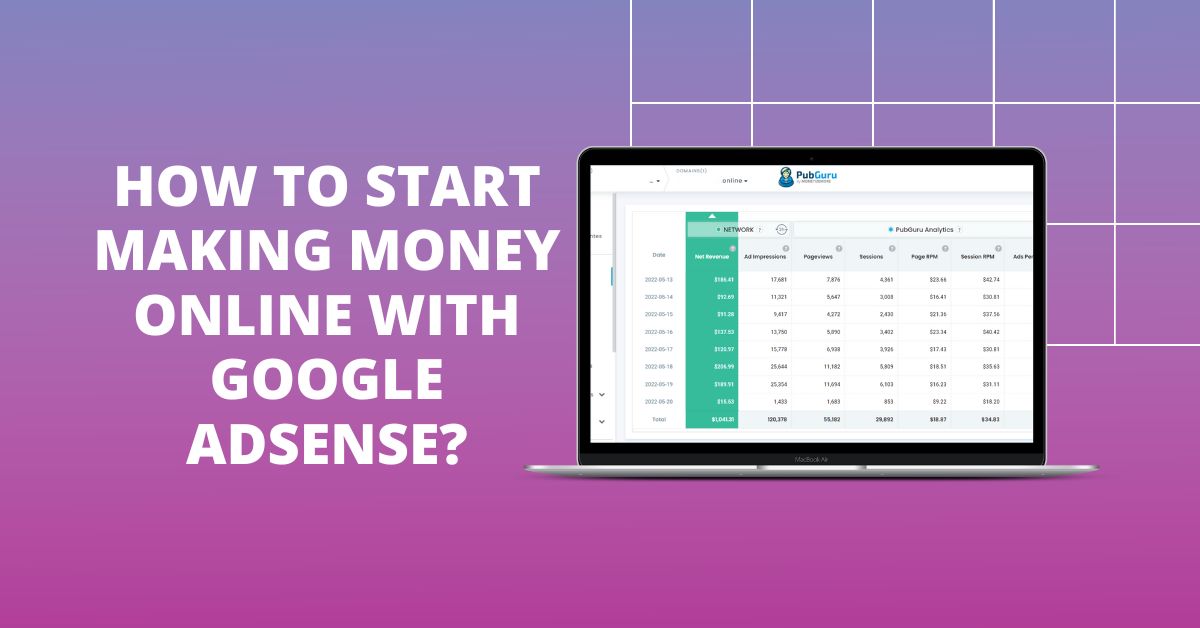
This post was most recently updated on May 2nd, 2023
Using Google AdSense to monetize your website or app traffic with display ads is one of the simplest & most effective monetization methods. However, although it’s a relatively simple concept, you need to understand some specifics for success.
In this article, we’d like to show you how to start making money with Google AdSense. Keep in mind that we’ll only be focusing on AdSense and optimizing your ads. We’re not going to discuss creating a website that generates traffic.
To effectively use this guide, you’ll already need a website that’s generating traffic, or you should be busy building one.
What is Google AdSense and how does it work?
AdSense is an ad network that connects publishers and advertisers. Publishers connect their websites to the ad network, thereby allowing advertisers to bid for displaying their ads on those websites. If a website visitor clicks or views an ad, the publisher gets paid a specific portion of the advertiser’s bid for the ad. Google takes the difference as the fee.
This video from Google AdSense will provide more information:

How Big Is Google AdSense?
Google AdSense is a large and widely used advertising platform that allows websites to display ads and earn revenue through the Google AdSense program. According to Google, AdSense is used by millions of websites and has delivered billions of ad impressions to users around the world.
AdSense is part of the Google Advertising network, which is one of the largest and most widely used advertising networks in the world. The Google Advertising network includes a variety of products and services, including AdWords, AdMob, and DoubleClick, which allow advertisers to reach users on a variety of platforms, including the Google search engine, Google Maps, and other websites and apps.
Overall, Google AdSense is a significant player in the online advertising industry, with a large and diverse network of publishers and advertisers. It is an important source of revenue for many websites and continues to be a popular choice for advertisers looking to reach a wide audience.
Benefits of Using Google AdSense
- Easy to use: Google AdSense is easy to use and requires minimal setup. Publishers simply need to sign up for an account, add the AdSense code to their website, and choose the types of ads they want to display.
- Wide range of ad formats: Google AdSense offers a wide range of ad formats, including text, display, video, and mobile ads, which allows publishers to choose the ad format that best fits their needs.
- Customization options: Publishers can customize the appearance of their ads to match the look and feel of their website, making the ads more seamless and less intrusive for users.
- Comprehensive reporting: Google AdSense provides comprehensive reporting tools that allow publishers to track the performance of their ads and make data-driven decisions about their ad campaigns.
- Global reach: Google AdSense has a global reach, with advertisers from around the world using the platform to reach a wide audience. This can help publishers monetize their traffic and earn more revenue.
- Multiple payment options: Google AdSense offers multiple payment options, including electronic bank transfer, check, and wire transfer, making it easy for publishers to receive their earnings.
Overall, Google AdSense is a valuable tool for publishers looking to monetize their website traffic and earn revenue from their content.
How to apply for an AdSense account? What do you need?
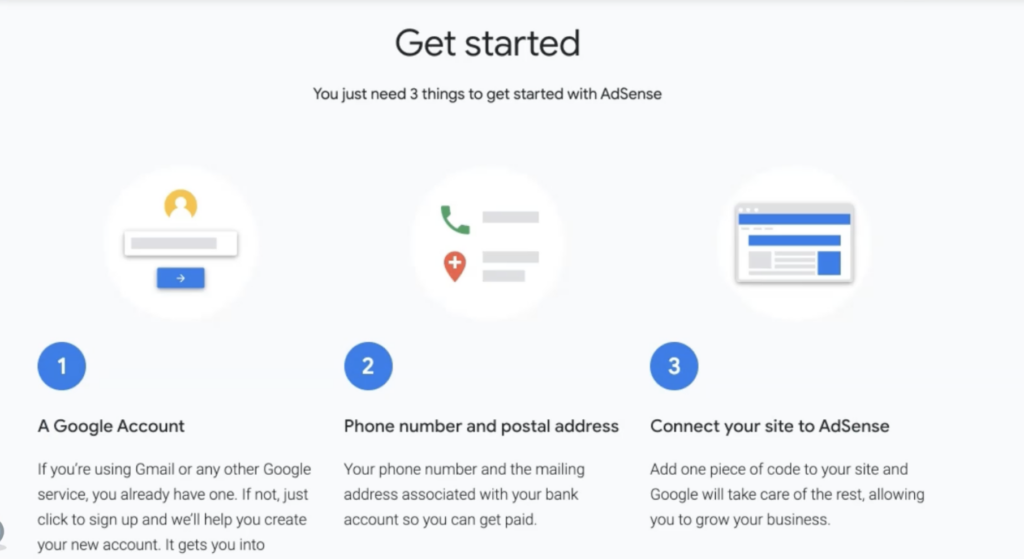
Google is very particular about who they allow into their ad network. They want to keep the quality of websites high and maintain the integrity of their ad network.
There are some basic requirements every publisher needs to adhere to. You need to be:
-18 years old.
-Have an active Gmail account that’s not linked to an AdSense account.
-Have a website that meets all of Google’s terms of service.
You need to comply with the Google program policies, but we also recommend a few additional requirements to ensure you get accepted. This includes having a website with at least 30 pages of unique content, that’s three months old and generating some traffic. The more traffic your website generates, the better and the higher your earning potential.
We’re not going to go into too much detail about the process of getting an account as we’ve already written a complete guide about it here.
How long does your AdSense account take to get approved?
Usually, publishers get accepted within 24-48 hours, but it can even take up to 1-2 weeks to get approved.
Different types of AdSense Ads
Once you are approved, you’re ready to start running AdSense ads and generate ad revenue. Before you do that, it’s best to understand the different types of ad units. There are five different types of AdSense ad units. These include display, in-feed, in-article, matched content, and link ads.
Display ads: Typical display ad units that are responsive and fit in most screen sizes. These ads work well almost anywhere. This type of ad can be responsive and automatically adapt to the screen size of the device where it’s being served. It can also be configured to have fixed sizes and is compatible with AMP (Accelerated Mobile Pages).
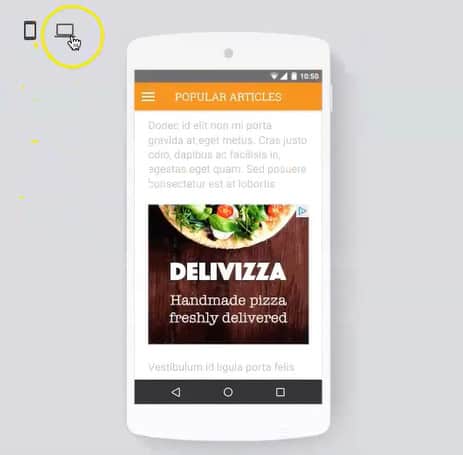
In-feed ads: Native ads that fit in a feed, sidebar, or list. They flow naturally and provides a better user experience.

In-article ads: Native ads that fit within the content of an article without disrupting the reading experience.
Matched content ads: Ads that recommend your website content to users, which help increase pageviews, user time on page, and their potential to click on your ads.

Link ads: Ads in a text link format that can be responsive or with a fixed size. It displays topics relevant to your page content.
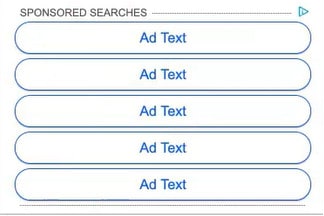
Creating your first AdSense Ad Unit
Ad units refer to the advertisement space within a specific web page or mobile app where you display your ads. To do so, you first need to create an ad unit and then add the code wherever you want that ad displayed within your website.
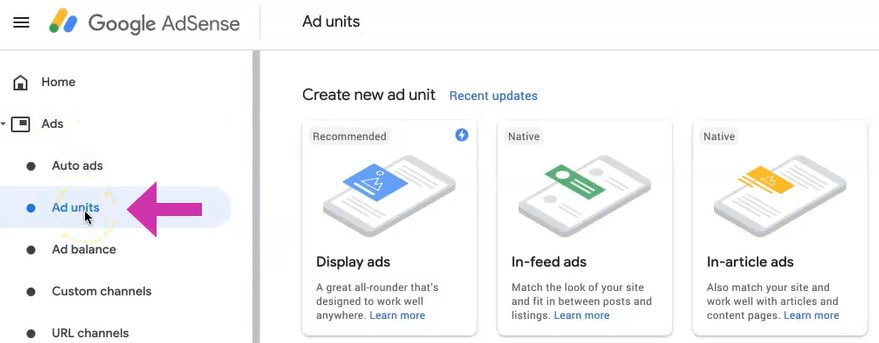
Creating your first ad unit is relatively easy, and we recommend that you start with display ads.
There are many ways of adding ad units to your website. Depending on the website platform you use, you might need to edit the website code to add your ad units. Some platforms have built-in functionality that supports ads and make it a lot easier to add your ad unit code.
With platforms like WordPress, you can make use of various plugins, website widgets, and sitewide settings through themes to display your ads. You can find out about the multiple ways of implementing ad code here.
Find out how to create an ad unit here.
Success with Google AdSense
Success doesn’t happen overnight. Give the system time to adapt and show you its potential. It could take at least a couple weeks for the numbers to start climbing – if you are doing the right thing. “Doing the right thing” means:
- You comply with the policies
- Your ads are highly viewable (IAB recommends at least 70% viewability)
- You publish high quality and engaging content which results in longer session duration
- You don’t flood your site with too many ads
- You make changes one at a time and monitor the impact on performance
When deploying changes, your goal is to find out which of them has negative versus positive results. If you don’t have the discipline and you launch an army of changes at once, if something goes wrong, there’s no way you can pinpoint which one caused it.
During the initial launch, give it time – at least two weeks. Once the numbers are fully adjusted, go ahead, and experiment with your ad optimization strategies. A few things to consider optimizing or experimenting with:
- Ad placements. Check out our guide to ad placements here.
- Ad sizes
- Ad format or colors
- Number of ads per page
- Auto ads (on versus off)
- Running AdSense as backfill on Google Ad Manager to compete in real-time with other demand partners you have in your stack
- Running AdSense hardcoded (not using an ad server)
Again, experiment with one strategy at a time – give it a couple of weeks. Run your reports and focus on the most important key performance indicators: viewability % and CTR, plus the overall impact on revenue and CPMs.
Filter out bad strategies or those that are not working. Keep optimizing until you’re satisfied with the numbers. Take note of seasonality, having the first quarter of the year as the lowest in advertising, so you certainly cannot compare performance in March versus April. Just like the first month of each quarter, the first week of any month is usually not that great either as it’s when advertising budgets are still being adjusted.
The bottom line – have a plan, set a timeline, evaluate results.
Easy AdSense ad optimization techniques to test
Now that you’ve started to get the hang of Google AdSense and you’re generating some ad revenue, you can look into ad optimization techniques. Here are two very powerful techniques for you to consider:
Auto ads – AdSense auto ads are an easy way to optimize your ad revenue while allowing Google to do all the heavy lifting for you. With auto ads, Google uses machine learning to automatically inject ad units into your website and optimize them without overriding pre-existing ad units. You can also select which type of ad you want to use with auto ads. We’ve written a guide on how to implement them here.
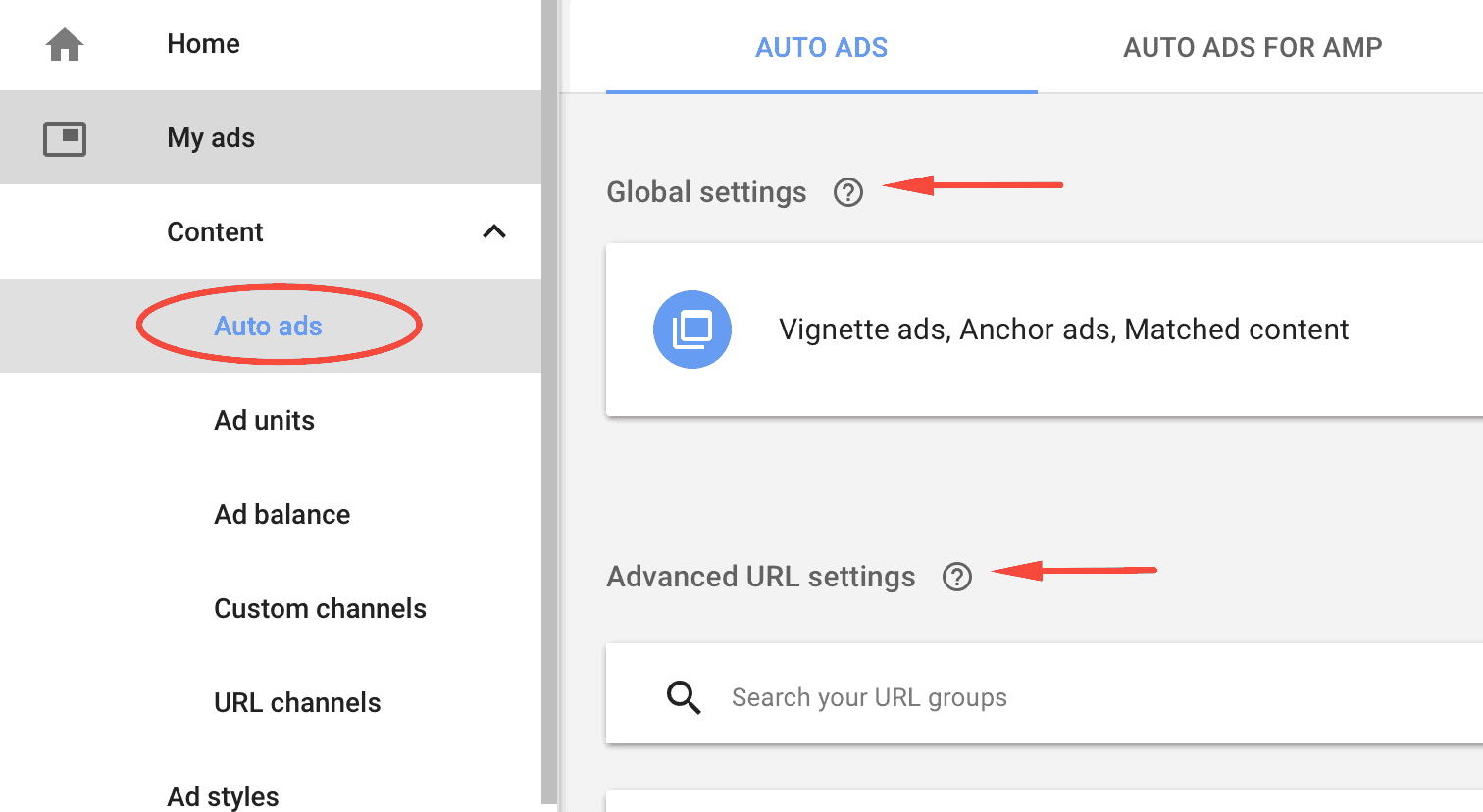
Sticky ad units – Sticky ads or anchor ads are designed to stay in a fixed position while the user scrolls down the page. When implementing ads this way, it results in a higher viewability and increased ad revenue for publishers. There are some restrictions when implementing them via Google AdSense. Find out how to implement sticky ads for AdSense here.
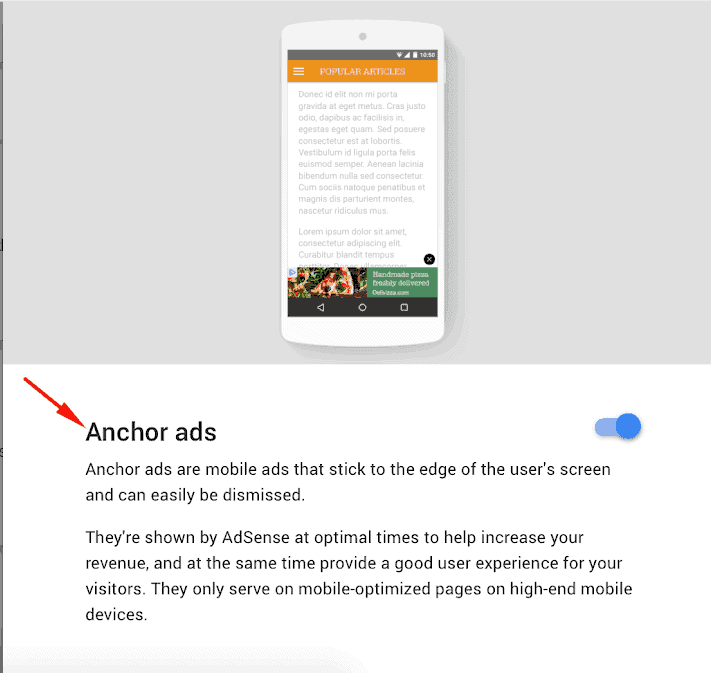
How Much Does Google AdSense Pay for 1 Click?
The amount that Google AdSense pays for a single click on an ad can vary widely depending on a variety of factors, including the ad format, the industry, the target audience, and the location of the user.
In general, the cost-per-click (CPC) for AdSense ads tends to be lower than the CPC for other types of online advertising, such as search ads. This is because AdSense ads are typically displayed on websites, rather than search results pages, and are less targeted than search ads. As a result, advertisers are generally willing to pay less for AdSense clicks.
The actual CPC for a particular ad can range from a few cents to several dollars, depending on the factors mentioned above. Publishers who participate in the AdSense program receive a percentage of the CPC for each ad click, with the exact percentage depending on the terms of the AdSense program.
Overall, the CPC for AdSense ads can vary significantly, and it is not possible to provide a specific amount that Google AdSense pays for a single click on an ad. Publishers can track their earnings and the CPC for their ads in their AdSense account to get a better understanding of the revenue they are generating from their ads.
How to link AdSense with Google Analytics?
The video explains how you can link your AdSense account with Google Analytics within seconds:

Protecting your AdSense account against IVT [Use this award-winning tool]
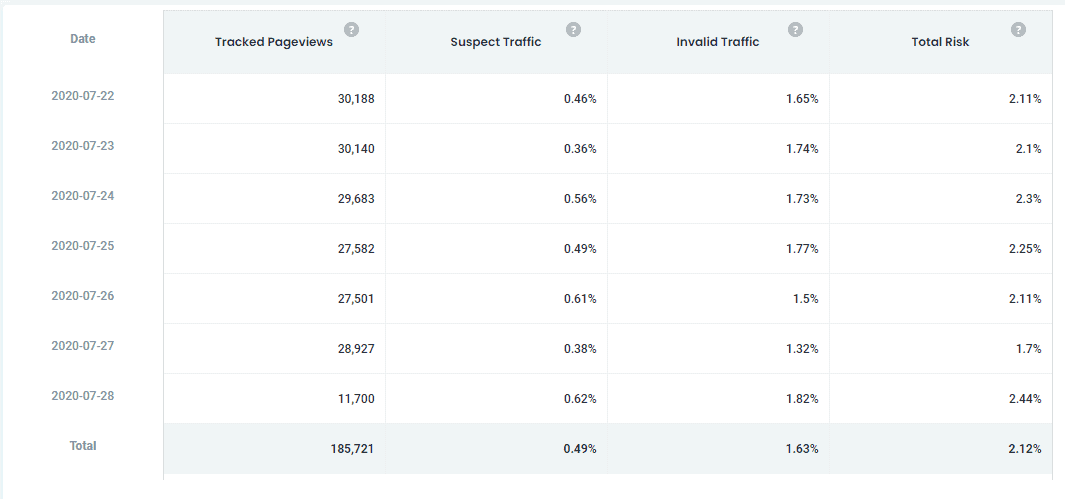
Invalid traffic can result in revenue clawbacks and publishers getting their banned from AdSense. With revenue clawbacks, AdSense withholds a part of the ad earnings due to invalid click activity, which means you don’t get paid for clicks on your ads.
If you thought getting a clawback was bad, an invalid traffic ban is even worse. If you get your account banned, it means that AdSense stops serving ads on your site. It’s also an uphill battle to get your account reinstated.
You can find out more about how Google defines invalid traffic over here. Invalid traffic includes publishers clicking on their ads (don’t ever do that), accidental clicks, click bots, and more.
You don’t want to mess around with invalid traffic since it can ruin your business. So many AdSense publishers are oblivious to it. That’s why MonetizeMore has developed a service called Traffic Cop! Traffic Cop protects publishers from the effects of invalid traffic, receiving revenue clawbacks, and getting their ad accounts banned.
Traffic Cop detects all forms of invalid traffic and, at the same time, prevents invalid traffic from seeing and clicking on your ads. We highly recommend that you use some measure to protect your business from invalid traffic, of which Traffic Cop is a highly effective and very affordable solution.
Find out more about Traffic Cop here.
How Does Google AdSense Payment Work?
Google AdSense payments are made to publishers on a monthly basis, and the amount of money a publisher earns depends on the number of clicks or impressions their ads receive.
To receive payment from Google AdSense, publishers must first sign up for an account and add the AdSense code to their website. Once their website is approved and ads are displayed, publishers can start earning money from their ads.
Google AdSense operates on a revenue-sharing model, where a percentage of the money generated from clicks or impressions is paid to the publisher. The exact percentage varies depending on the type of ad and the terms of the AdSense program.
In the case of AdSense for content, publishers typically receive 68% of the amount that Google receives from advertisers per click. This means that if an advertiser pays Google a certain amount for a click on an ad, the publisher will receive a percentage of that amount. The remaining percentage goes to Google as a fee for providing the advertising platform.
In the case of AdSense for search, the percentage that is paid to the publisher may be lower, typically around 51%. This is because AdSense for search ads are typically more targeted and have a higher click-through rate, which means that advertisers are willing to pay more for them. As a result, Google’s fee for providing the advertising platform is also typically higher for AdSense for search ads.
Overall, the revenue-sharing model used by Google AdSense allows both advertisers and publishers to benefit from the platform. Advertisers are able to reach a wide audience through the AdSense network, while publishers are able to monetize their traffic and earn revenue from their content.
Google AdSense typically pays publishers on a monthly basis, and the payment threshold is $100. This means that publishers must earn at least $100 in ad revenue before they are eligible to receive payment. If a publisher’s ad revenue is less than $100, the amount will be rolled over to the next month until the threshold is reached.
Publishers can track their earnings and payment status in their AdSense account. Google AdSense offers multiple payment options, including electronic bank transfer, check, and wire transfer. Publishers must provide their payment information and choose their preferred payment method in their AdSense account settings.
How to ramp up your AdSense ad revenue?
In the ad optimization world, AdSense is seen as the beginner stage to earning ad revenue. Many publishers make great deals of money or full-time incomes with AdSense alone. However, often these publishers have a lot of traffic and/or very high-quality traffic but also use advanced ad optimization techniques and additional ad networks to take their ad revenue to the next level.
What if you don’t get accepted into AdSense or want to test out different ad networks?
AdSense can be very strict, and sometimes publishers don’t get accepted into the ad network. It might seem like all is lost, but there are some alternatives available. AdSense remains one of the best ad networks out there, but we’ve identified some great AdSense alternatives to try out.
You need to have a testing mindset when it comes to monetizing your website with ads and ad optimization in general. Not all ad networks are equal. Some focus on specific niches or verticals, while others focus on traffic from specific geographical locations. It will be different for every publisher.
Our list of ad networks and AdSense alternatives will be the best place to start and figure which ad networks suit your specific needs the best.
Conclusion
Finally, now you’re ready to take on the world of AdSense and ad monetization! Do you need help optimizing your AdSense ads and maximizing ad revenue? Our ad optimization teams are standing by, ready to help take your business to the next level. Sign up for a Starter account at MonetizeMore today!
FAQ
How does AdSense work?
AdSense uses contextual targeting to match ads to the content on a website. Advertisers bid for ad space on Google, and Google places the highest bidder's ads on the website. The website owner earns money when visitors click on the ads.
Can I use AdSense on multiple websites?
Yes, you can use AdSense on multiple websites as long as each website meets Google's eligibility requirements.
How does AdSense pay me?
AdSense pays website owners through several payment methods, including electronic funds transfer (EFT), wire transfer, and checks. You can choose your preferred payment method in your AdSense account.
What types of ads does AdSense offer?
AdSense offers a variety of ad formats, including text ads, display ads, and link units. These ads can be customized to match the look and feel of your website.
How can I optimize my AdSense earnings?
To optimize your AdSense earnings, you can experiment with ad placement, ad formats, and ad colors. You can also focus on creating high-quality content and driving more traffic to your website.
What are some common mistakes to avoid when using AdSense?
Some common mistakes to avoid when using AdSense include clicking on your own ads, placing too many ads on a page, and violating Google's policies. It's important to read and follow Google's guidelines to ensure you don't get banned from the program.
How Long Does It Take to Get a Google AdSense Account Approved?
The time it takes for Google to review and approve an AdSense application can vary, but it typically takes a few days to 2 weeks. In some cases, it may take up to a month for the application to be reviewed and approved.
How Much You Can Earn With Google AdSense?
Your Google AdSense earnings depends on your website’s niche, viewer location, number of daily visitors, and revenue metrics like cost per clicks, and cost per thousand impressions.
Google AdX vs Google AdSense - What's the Difference?
Both AdX and AdSense are advertising platforms owned by Google, they are geared towards different audiences and have different features and revenue models. AdX is primarily for larger advertisers looking to bid on ad inventory from a variety of sources, while AdSense is for smaller publishers looking to monetize their website traffic and earn revenue from their content.
How to Earn Money With Google Adsense?
1. Create organic content and experiments with a variety of content & ad units that will bring in the views and ad revenue via split testing options 2. Use AdSense Arbitrage (paid ads to drive traffic) to maximize revenue from AdSense 3. Optimize you Ad Inventory via MonetizeMore’s AI powered ad inventory management dashboard 4. Become a YouTube partner to make money from video ads, sponsorships and affiliate marketing.
How do I integrate AdSense into my website's content management system?
AdSense can be integrated into a website's content management system using various methods, including manual code insertion or plugins designed for specific CMS platforms like WordPress or Drupal.
How do I track my AdSense performance and metrics?
You can track your AdSense performance and metrics through the AdSense dashboard, which provides real-time data on ad impressions, clicks, earnings, and other important metrics.
How can I optimize my ad placement to increase revenue without harming the user experience?
You can optimize ad placement by placing ads in prominent and visible areas without disrupting the user experience. This can be achieved through techniques such as A/B testing and heat map analysis.
Can I block certain types of ads from appearing on my website?
Yes, you can block certain types of ads from appearing on your website through the AdSense dashboard. This includes categories like sensitive content, political ads, and gambling.
What are AdSense program policies, and how can I avoid violating them?
AdSense program policies are a set of rules and guidelines that publishers must follow to participate in the program. Violating these policies can result in suspension or termination of your AdSense account. You can avoid violating them by thoroughly reading and understanding the policies and regularly checking for updates.
How can I appeal a policy violation or account suspension?
If your AdSense account is suspended or terminated due to policy violations, you can file an appeal through the AdSense dashboard. The appeal process involves submitting a request for review, providing additional information or evidence to support your appeal, and waiting for a response from AdSense.
How can I contact AdSense support for assistance?
You can contact AdSense support for assistance through the AdSense Help Center or through the AdSense community forum. You can also contact AdSense support by phone or email if you have a specific issue that needs urgent attention.
What are some advanced AdSense features or tools that can help me maximize my revenue?
Some advanced AdSense features or tools that can help you maximize your revenue include AdSense experiments, auto ads, and ad balance. These tools can help you test and optimize ad placements, formats, and sizes to increase revenue while maintaining a good user experience.
Meet Nyesiga Naboth a seasoned B2B Content and SEO Manager with over 7 years of experience in crafting data-driven content that fuels conversions for SAAS businesses. Having worked with ad tech companies and clients like BMW and Heineken, Aleesha brings a wealth of expertise. With her unmatched skills in creating compelling content, she helps businesses of all sizes drive more leads, increase revenue and grow their online
$100M+
Paid to Publishers
3B+
Ad Requests Monthly
1500+
Happy Publishers
Recommended Reading

How to Ensure Ad Quality?
